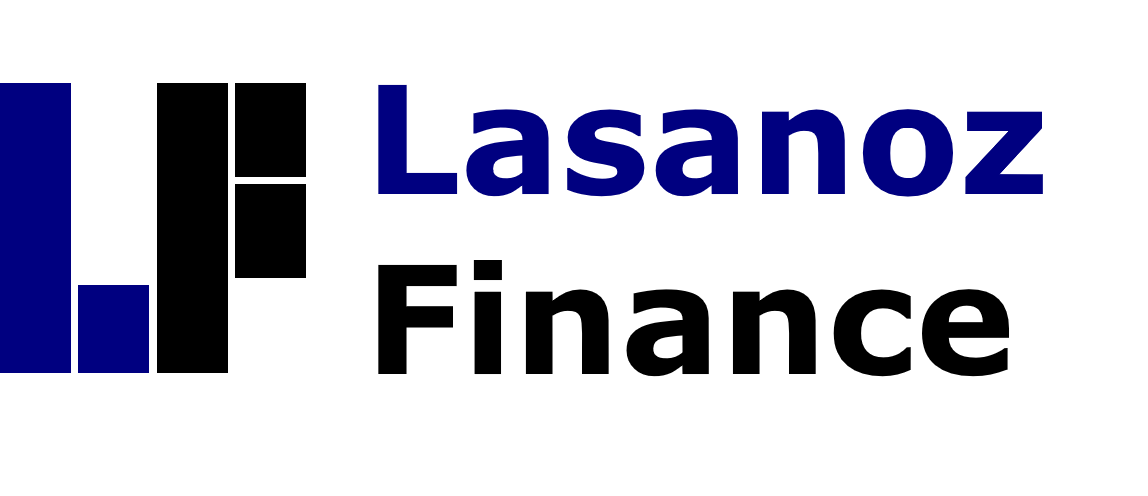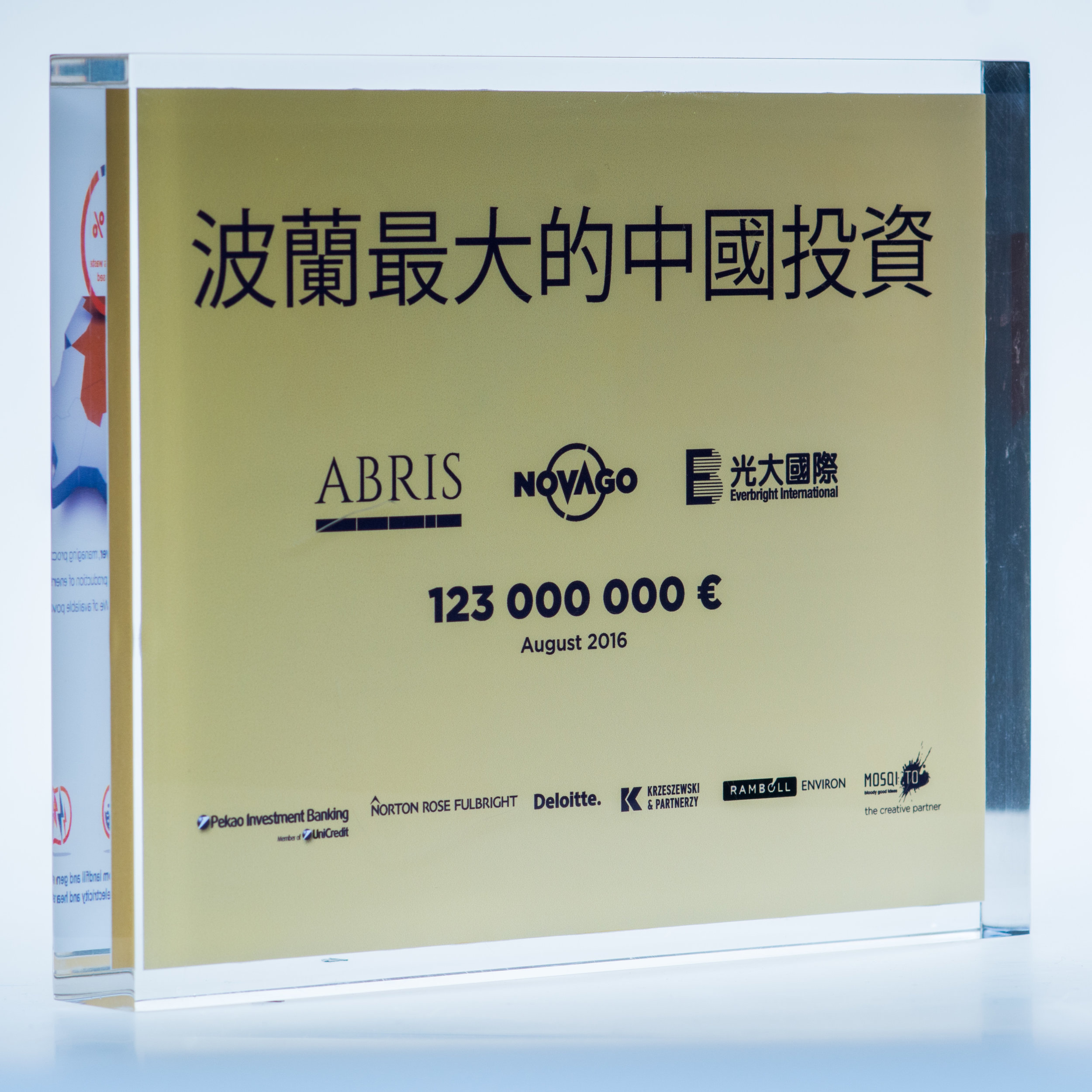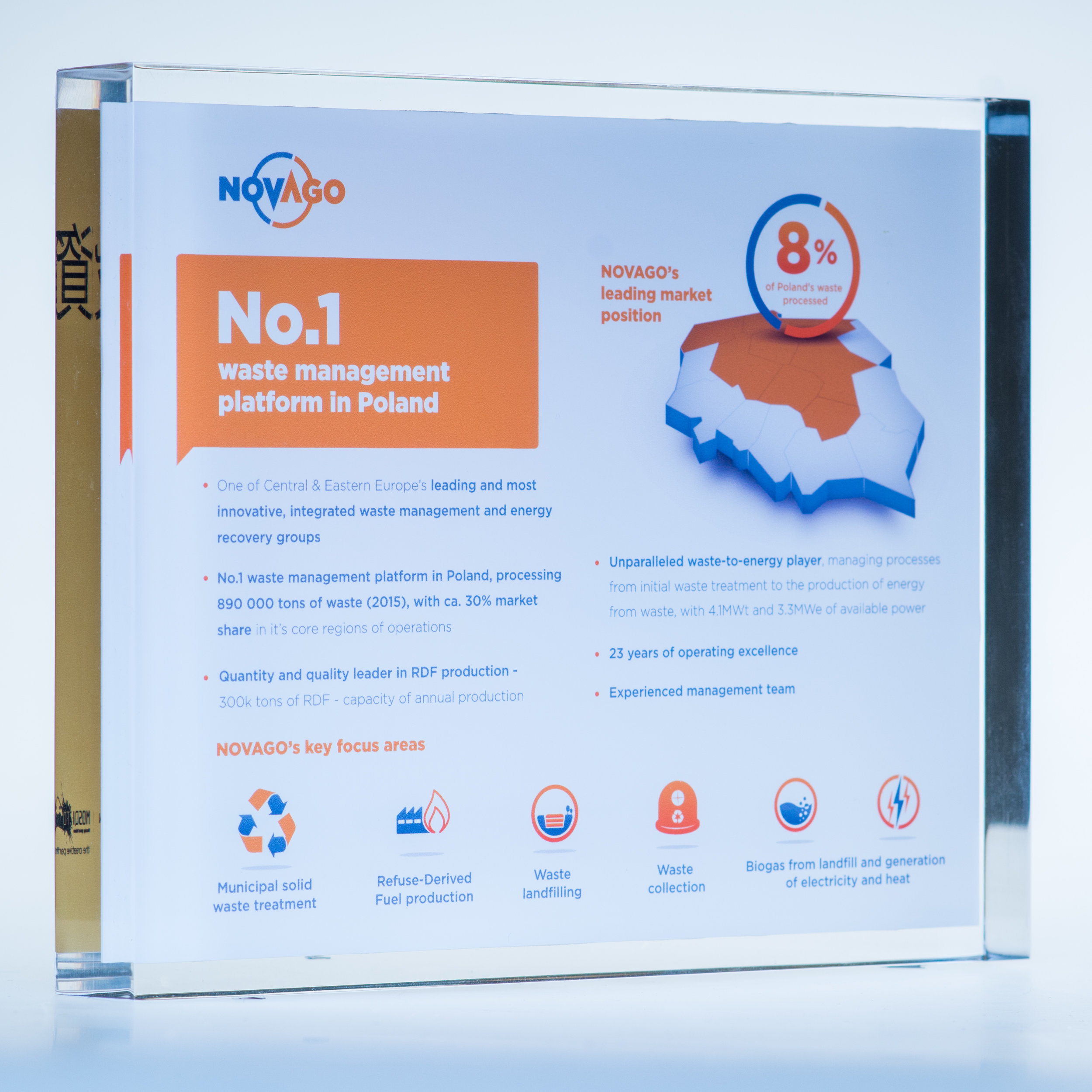When an American gun boat approached the shores of Japan in 1853 to force an end to 220 years of Japanese isolationism, it contributed to the collapse of its regime and facilitated the Meiji restoration, as Japanese society realized that its isolation had left it much behind western civilization in terms of economic development. This triggered a long, dedicated and state-led effort at economic development and catch-up.
After WW2, the Asian Tigers (South Korea, Taiwan, Singapore and Hong Kong) emulated that Japanese success story, building their own chaebol on the model of the Japanese keiretsu, and turning South East Asia into a major economic force to be reckoned with on global markets.
Niall Ferguson noted in his excellent historical analysis entitled ‘Civilization: The West and the Rest’ (2011) that ‘the West’ has outperformed China over the last 500 years, despite the latter starting out with a much more advanced society and scientific know-how around 1500 AD. But when in 1978 Deng Xiaoping opened up China to state-led economic change with reforms under the label of ‘Socialism with Chinese Characteristics’, three decades of fast-paced investment-led growth and modernization ensued, launching globalization for good and contributing to decades of low inflation in the west as Chinese economies of scale and the application of Moore’s Law led to price erosion across a host of products and industries.
This is not the place to recount recent Chinese economic history, but the ability of a relatively closed and controlled society to deliver economic benefits on a sustained basis and to pull hundreds of millions out of rural poverty into urban middle classes existence is the stuff of legends, and of economic textbooks by now.
Asians are great savers by cultural tradition, i.e. their savings rates tend to be >20% of income, allowing countries like Japan, South Korea and China to amass significant current account surpluses, and concomitant foreign exchange reserves – while in turn financing the consumption of other nations with these savings. As the Asian countries felt more at ease in the wider world, they have selectively deployed some of these accumulated savings to make acquisitions and to further their export-driven industries through loans and other financial instruments.
In 2004, when LF and its first telecom customer Netia were considering how to finance a 4th mobile operator in Poland, they turned to Novator in London for the equity, but were clear that the capex for the deployment of the mobile network, the telecom towers and the transmission network, had to be brought by the vendors of such equipment, i.e. what is generally referred to as ‘vendor financing’.
Back then, the industry was dominated by Ericsson, Nokia, Siemens, Alcatel, Lucent, Nortel, and Motorola, with Chinese competitors Huawei and ZTE and South Korean competitor Samsung mostly domestic companies with but a handful of Asian and African contracts to their names. Any vendor financing deal needs to be competitive on a number of counts, including the quality of the technological solution, the capability of the vendor to deliver a turnkey solution on-time and on-budget, and complemented by a competitive financing package sourced from export credit agencies and/or banks from the vendor’s country of origin.
LF’s role has been to foster competition on the one hand, and to help potential funders understand the strengths of the borrower-to-be, its domestic market, its business plan, the strength of its management team, and the commitment and contribution of its shareholder(s).
Since 2004, we have been to China (and to Scandinavia, Munich, New Jersey etc.) many many times, explaining our clients’ expectations, building bridges, facilitating communication, dining long and negotiating hard. We have been impressed to see how, over a mere 1 ½ decades, our Chinese counterparts have internationalized, have taken their domestic competence to a global level, have felt more comfortable in deploying Chinese savings to support Chinese exporters and to build global market share.
We have closed 6 deals in telecom financing, 4 for PLAY and 2 for WOM, dealing in most instances with China Develoment Bank and Sinosure, but also meeting with a host of other Chinese banks and institutions. We have made multiple visits, with LF alumnus Wojtek Jezierski to Shanghai, Shenzhen, Beijing and Hong Kong earlier this decade to facilitate the European market entry of power, rail and road construction companies from the Middle Kingdom.
In 2016, when the Chinese president Xi Jinping came to Poland to further Chinese/CEE economic links, the biggest transaction signed was the sale by Abris Capital of Novago (attached please find a short presentation), the municipal waste company built up by Wojtek, Alex and Janusz, the founder and CEO, to Chinese market leader China Everbright International.
Today, China’s economic ties with the West continue to develop and flourish, even if the learning curve is not smooth. CEE Equity, the Warsaw-based infrastructure fund created by China Eximbank and where LF alumnus Dario Cipriani is a key investment director, is one of the few infrastructure funds complementing EU funding to upgrade CEE infrastructure to EU levels. SINO-CEEF Europe, the EUR 10 billion ICBC-funded vehicle based in HK and Munich, was only founded in 2016 in order to deploy Chinese capital as part of the One-Belt-One-Road Initiative, tying China to Asia and Europe.
The Chinese juggernaut is here to stay, and LF feel privileged to have contributed to this growing exchange of capital and know-how across the ages and across the globe.



